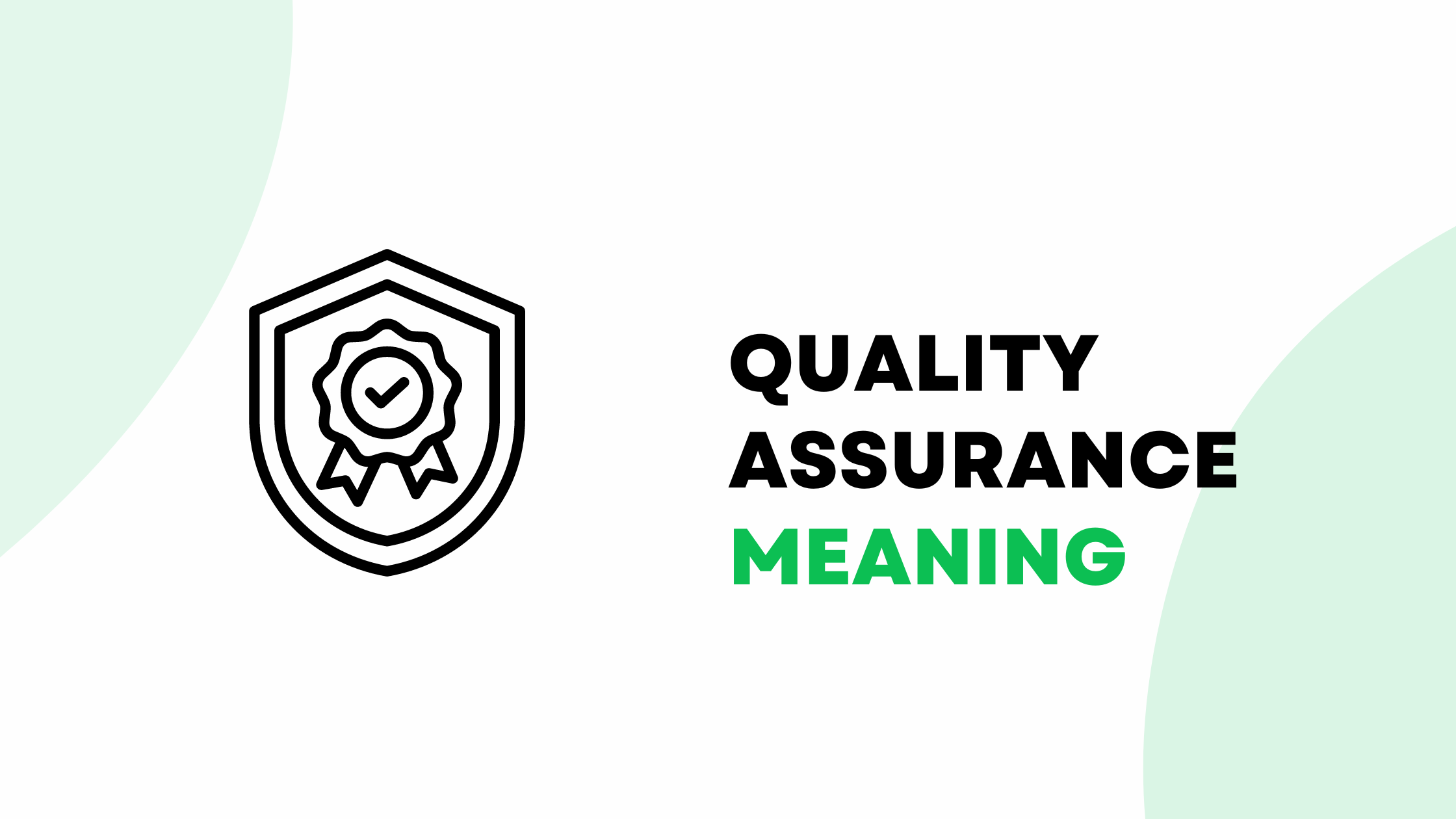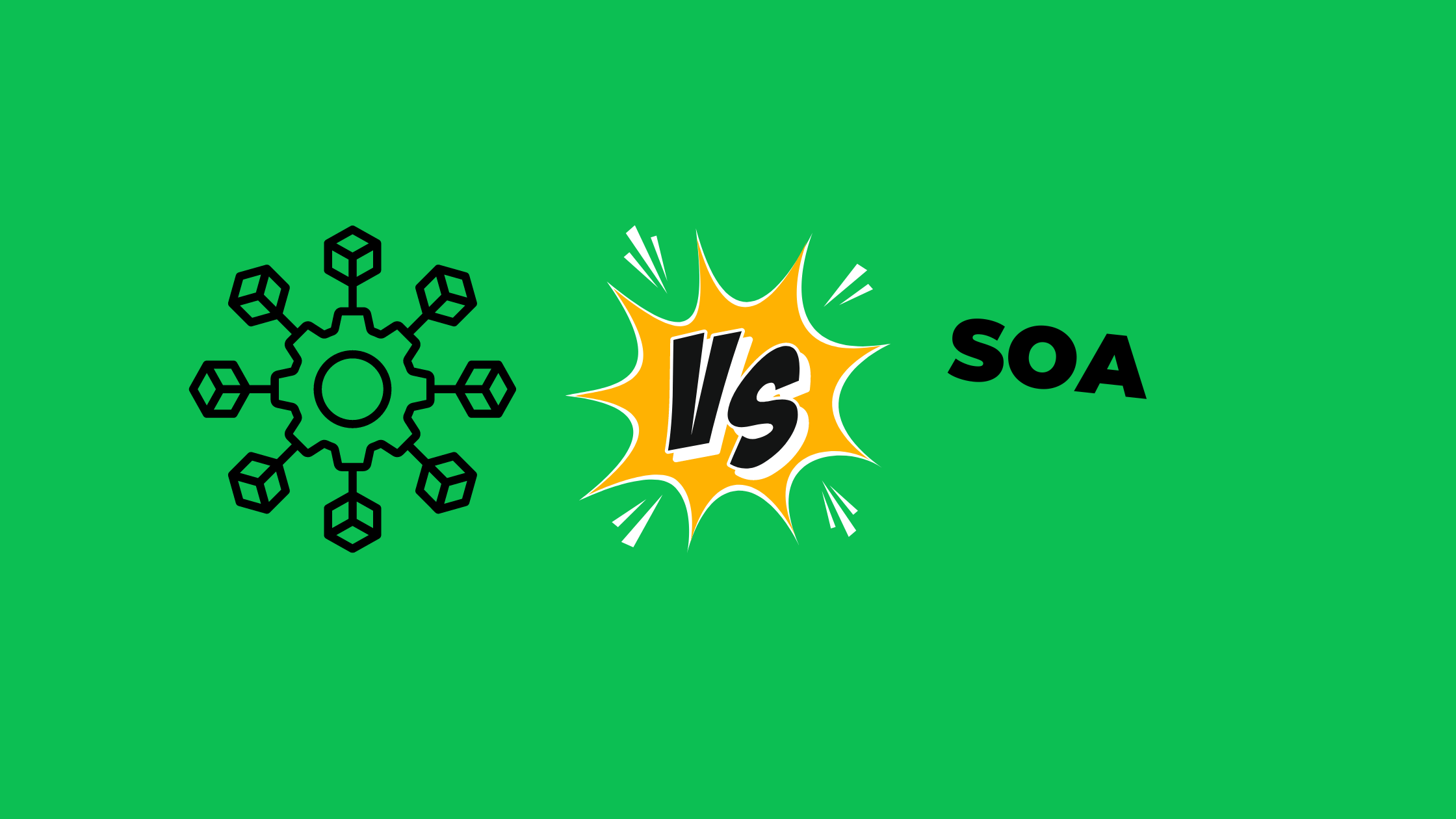Znaczenie zapewnienia jakości (QA): Kompleksowy przewodnik
Zapewnienie jakości (QA) jest fundamentalną koncepcją w nowoczesnym biznesie i rozwoju produktów. Ale co tak naprawdę oznacza zapewnienie jakości i jaki ma wpływ na organizacje? W tym kompleksowym przewodniku zbadamy znaczenie zapewnienia jakości, jego znaczenie i to, jak różni się ono od powiązanych pojęć, takich jak kontrola jakości.
Czym jest zapewnienie jakości (QA)?
Zapewnienie jakości to każdy systematyczny proces określania, czy produkt lub usługa spełnia określone wymagania. Jest to proaktywne podejście skoncentrowane na zapobieganiu defektom i zapewnieniu, że standardy jakości są konsekwentnie spełniane w całym procesie rozwoju lub produkcji.
Chociaż definicja ta stanowi dobry punkt wyjścia, aby naprawdę zrozumieć znaczenie zapewnienia jakości, musimy zagłębić się w jego składniki, cele i wdrożenie.
Kluczowe aspekty zapewniania jakości
- Podejście zapobiegawcze: QA koncentruje się na zapobieganiu problemom jakościowym przed ich wystąpieniem.
- Zorientowany na proces: Kładzie nacisk na poprawę i stabilizację produkcji i związanych z nią procesów.
- Ciągłe doskonalenie: QA obejmuje ciągłe wysiłki mające na celu poprawę jakości w czasie.
- Zorientowany na klienta: Ostatecznym celem jest spełnienie lub przekroczenie oczekiwań klientów.
Aby uzyskać bardziej szczegółowe informacje na temat zapewniania jakości i jego roli w tworzeniu oprogramowania, zapoznaj się z naszym kompleksowym przewodnikiem na temat Zapewnienie jakości.
Zapewnienie jakości a kontrola jakości: Zrozumienie różnicy
Zapewnienie jakości i kontrola jakości są często używane zamiennie, ale reprezentują różne aspekty zarządzania jakością.
Zapewnienie jakości (QA) jest zorientowane na proces i koncentruje się na zapobieganiu defektom, podczas gdy kontrola jakości (QC) jest zorientowana na produkt i koncentruje się na identyfikacji defektów. Zasadniczo, QA działa, aby upewnić się, że robisz właściwe rzeczy, we właściwy sposób, podczas gdy QC sprawdza wyniki, aby zweryfikować, czy zrobiłeś to dobrze.
Aby uzyskać bardziej dogłębne porównanie tych dwóch koncepcji, przeczytaj nasz artykuł na temat Zapewnienie jakości a kontrola jakości.
Znaczenie zapewnienia jakości
Wdrożenie skutecznych praktyk zapewniania jakości jest kluczowe z kilku powodów:
- Zadowolenie klienta: QA pomaga zapewnić, że produkty lub usługi spełniają oczekiwania klientów.
- Redukcja kosztów: Zapobiegając defektom, QA może znacznie obniżyć koszty związane z przeróbkami i gwarancjami.
- Reputacja marki: Stała jakość pomaga budować i utrzymywać pozytywny wizerunek marki.
- Zgodność: Praktyki kontroli jakości są często zgodne ze standardami i przepisami branżowymi.
- Ciągłe doskonalenie: Procesy kontroli jakości zachęcają do ciągłego ulepszania produktów, usług i procesów.
Zapewnienie jakości w różnych branżach
Podczas gdy podstawowe zasady zapewniania jakości pozostają spójne, ich zastosowanie może się różnić w różnych sektorach:
Zapewnienie jakości oprogramowania
W tworzeniu oprogramowania, QA obejmuje procesy mające na celu zapewnienie, że opracowane oprogramowanie spełnia i jest zgodne ze zdefiniowanymi specyfikacjami jakości. Często obejmuje to przeglądy kodu, testy automatyczne i testy akceptacyjne użytkowników.
Zapewnienie jakości produkcji
W produkcji kontrola jakości może obejmować statystyczną kontrolę procesu, regularną konserwację sprzętu i rygorystyczne zarządzanie jakością dostawców.
Zapewnienie jakości w branży usługowej
W przypadku firm opartych na usługach, QA często koncentruje się na standaryzacji świadczenia usług, szkoleniu personelu i zbieraniu opinii klientów.

Kluczowe elementy systemu zapewnienia jakości
Skuteczny system zapewniania jakości zazwyczaj obejmuje:
- Planowanie jakości: Definiowanie celów jakościowych i niezbędnych procesów operacyjnych.
- Kontrola jakości: Techniki operacyjne i działania stosowane w celu spełnienia wymagań jakościowych.
- Zapewnienie jakości: Zaplanowane i systematyczne działania realizowane w ramach systemu jakości.
- Poprawa jakości: Ciągły wysiłek w celu ulepszenia produktów, usług lub procesów.
Metody i narzędzia zapewniania jakości
W zapewnieniu jakości stosowane są różne metody i narzędzia, w tym:
- Statystyczna kontrola procesu (SPC): Metoda kontroli jakości, która wykorzystuje metody statystyczne do monitorowania i kontrolowania procesu.
- Analiza przyczyn i skutków awarii (FMEA): Podejście krok po kroku do identyfikacji wszystkich możliwych błędów w projekcie, procesie produkcji lub montażu, produkcie lub usłudze.
- Six Sigma: Zestaw technik i narzędzi do usprawniania procesów.
- ISO 9000: Zestaw norm dla systemów zarządzania jakością utrzymywany przez ISO.
- Kompleksowe zarządzanie jakością (TQM): Podejście do zarządzania długoterminowym sukcesem poprzez satysfakcję klienta.
Rola inżynierów ds. zapewnienia jakości
Inżynierowie ds. zapewniania jakości odgrywają kluczową rolę we wdrażaniu i utrzymywaniu procesów zapewniania jakości. Ich obowiązki zazwyczaj obejmują:
- Opracowywanie i wdrażanie polityk i procedur zapewniania jakości
- Przeprowadzanie audytów i przeglądów systemów jakości
- Analizowanie danych jakościowych i przygotowywanie raportów
- Szkolenie pracowników w zakresie praktyk zapewniania jakości
- Współpraca z innymi działami w celu rozwiązywania kwestii związanych z jakością
Standardy zapewniania jakości i certyfikaty
Kilka uznanych na całym świecie standardów i certyfikatów odnosi się do zapewnienia jakości:
- ISO 9001: Część rodziny norm ISO 9000 dotyczących systemów zarządzania jakością.
- CMMI (Integracja modelu dojrzałości zdolności): Program szkolenia i oceny doskonalenia na poziomie procesu.
- Certyfikacja Six Sigma: Różne poziomy (pasy) poświadczające biegłość w metodologii Six Sigma.
- Certyfikaty ASQ: American Society for Quality oferuje różne certyfikaty związane z jakością.
Wdrożenie programu zapewnienia jakości
Wdrożenie skutecznego programu zapewnienia jakości obejmuje kilka etapów:
- Definiowanie standardów jakości: Jasno określ, co oznacza jakość dla Twojego produktu lub usługi.
- Opracowanie procesów kontroli jakości: Tworzenie procesów, które zapewnią spełnienie tych standardów jakości.
- Szkolenie personelu: Upewnienie się, że wszyscy pracownicy rozumieją swoją rolę w utrzymaniu jakości.
- Wdrażanie narzędzi kontroli jakości: Korzystanie z odpowiednich narzędzi i technologii w celu wsparcia działań QA.
- Monitorowanie i pomiar: Regularnie oceniaj skuteczność swojego programu kontroli jakości.
- Ciągłe doskonalenie: Wykorzystanie zebranych danych do ciągłego udoskonalania i usprawniania procesów.
Wyzwania związane z zapewnieniem jakości
Chociaż zapewnienie jakości oferuje liczne korzyści, nie jest pozbawione wyzwań:
- Opór wobec zmian: Wdrażanie nowych procesów kontroli jakości może napotkać opór ze strony pracowników.
- Intensywne korzystanie z zasobów: Skuteczna kontrola jakości często wymaga znacznych nakładów czasowych i finansowych.
- Równoważenie jakości i wydajności: Często występuje napięcie między utrzymaniem wysokiej jakości a realizacją celów produkcyjnych.
- Nadążanie za zmianami: Wraz z ewolucją technologii i oczekiwań klientów, procesy kontroli jakości muszą się dostosowywać.
Przyszłość zapewniania jakości
Patrząc w przyszłość, kilka trendów kształtuje ewolucję zapewniania jakości:
- Sztuczna inteligencja i uczenie maszynowe: Technologie te są coraz częściej wykorzystywane do przewidywania problemów jakościowych i automatyzacji procesów kontroli jakości.
- IoT w zapewnianiu jakości: Internet rzeczy umożliwia monitorowanie jakości w czasie rzeczywistym w wielu branżach.
- Nacisk na doświadczenie użytkownika: Jakość jest coraz częściej definiowana nie tylko przez brak defektów, ale przez ogólne wrażenia użytkownika.
- Agile QA: Praktyki zapewniania jakości dostosowują się do zwinnych metodologii rozwoju.
- Testowanie Shift-Left: Istnieje rosnąca tendencja do włączania testów na wcześniejszym etapie procesu rozwoju.
Wnioski: Istotna rola zapewnienia jakości
Zapewnienie jakości to nie tylko zestaw procesów lub narzędzi; to sposób myślenia, który nadaje priorytet jakości na każdym etapie rozwoju produktu lub świadczenia usług. Koncentrując się na zapobieganiu, a nie wykrywaniu, QA pomaga organizacjom tworzyć produkty i usługi, które konsekwentnie spełniają lub przekraczają oczekiwania klientów.
Niezależnie od tego, czy jesteś programistą, producentem czy dostawcą usług, wdrożenie solidnych praktyk zapewniania jakości może prowadzić do zwiększenia zadowolenia klientów, obniżenia kosztów i wzmocnienia pozycji konkurencyjnej na rynku.
Pamiętaj, że jakość to nie czynność, to nawyk. Poprzez osadzenie zapewnienia jakości w samej strukturze organizacji, można stworzyć kulturę doskonałości, która napędza ciągłe doskonalenie i długoterminowy sukces.
Ponieważ krajobraz biznesowy wciąż ewoluuje, znaczenie zapewniania jakości będzie tylko rosło. Organizacje, które uczynią z QA priorytet, będą dobrze przygotowane do rozwoju w coraz bardziej konkurencyjnym i świadomym jakości świecie.












